Coolsculpting is an FDA approved, established and non-invasive treatment for excess fat. Based on the principles of cryolipolysis, when fat is exposed to controlled cold temperatures of -5°C, a cell death and inflammatory response occurs (panniculitis) that results in the reduction of the layer of fat treated without harming the top layers of skin. Although the treatment has been proven effective and is often sold as an alternative to liposuction, most experts in fat removal agree that it is NOT a replacement for liposuction. Coolsculpting, although effective, is used only for limited fat reduction and spot treatment. It is not as effective as properly performed liposuction and it is also not without side effects. Most commonly, patients can often experience swelling, bruising, numbness or chronic pain in areas treated. Although many patients do respond with mild to moderate fat reduction, it is not always successful in contouring treatment areas given the ergonomics of the device and the lack of human interaction with the tissue. Also, patients often require several treatments to obtain a desirable result.
The most alarming side effect of cryolipolysis appears to be unique to the Coolsculpting procedure and has not been seen with other competing technologies such as Sculpsure, Liposonix, and Ultrashape which do not use cold to destroy fat cells. Paradoxical Adipose Hyperplasia (PAL) is a condition in which the fat cells actually overgrow instead of getting destroyed. The affected areas usually become firm and swollen anywhere from 2-6 months after treatment of the area. Although uncommon, this complication was originally considered extremely rare. After several years on the market, we are realizing that the severity of the condition lies on a large spectrum of mild to severe cases and occurs more commonly than thought. Because many clinics treat patients without thorough evaluation by physicians, cases are very under reported and patients with the condition are sometimes merely retreated thinking the patient just gained weight. Unfortunately, there is no good data to suggest the exact frequency at which it occurs or whether or not there are any preventable means to avoid the complication. For now, the only treatment recommendation is liposuction.
As a leading expert in fat reduction, Dr. Frank has treated over 50 cases of this condition to date with VASER-assisted (ultrasound) Tumescent Liposuction. Unfortunately, PAL is often difficult to treat with traditional liposuction given the extreme firmness or fibrousity of the affected area. In many cases there is chronic inflammation (panniculitis) in the fat that must be treated medically prior to surgical intervention. A thorough medical history and work up is essential to planning out the treatment of this condition. Surgical intervention, although effective, is not simple and it must be performed with microcannular technique under local anesthesia with ultrasound assistance by a physician who has vast experience in both the technique and this complication. Often a second or staged procedure is necessary to rid of the problem completely. If you have had the Coolsculpting procedure and feel you may be experiencing this side effect, it is essential to inform your provider. If you believe you need medical and surgical intervention during your treatment we are available to consult with you to educate on the options available.
Blogs
